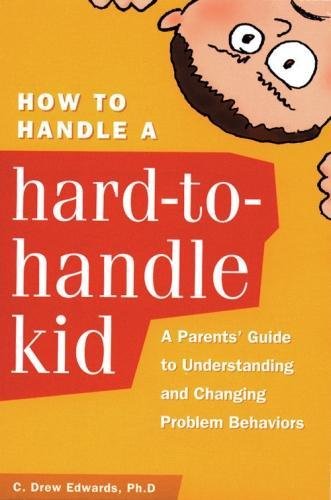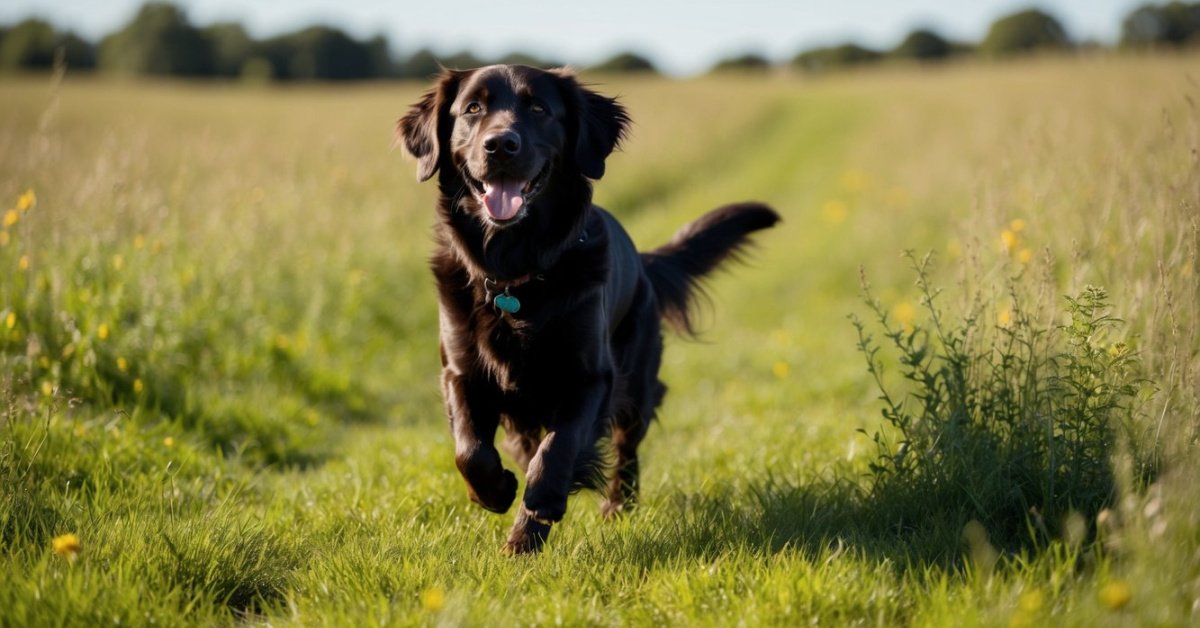Golden Retrievers are known for their friendly nature and loving demeanor, but like any dog, they can develop food aggression. I’ve seen it firsthand, and it can be concerning when your furry friend becomes possessive over their meals. Understanding this behavior is crucial for a harmonious home.
Understanding Food Aggression in Golden Retrievers
Food aggression in Golden Retrievers can emerge despite their generally friendly nature. Recognizing the underlying causes and signs of this behavior helps maintain a peaceful home.
Causes of Food Aggression
- Instinctual Behavior: Food aggression often stems from ancestral instincts. Ancestors of dogs competed for food in the wild, leading to protective behaviors around their meals.
- Resource Guarding: Some dogs guard resources, such as food, to ensure access to vital needs. This tendency may arise from a dog’s upbringing, especially in multi-dog households.
- Previous Experiences: Negative past experiences, like being startled while eating or competing for food, can create anxiety around meal times. Such experiences may lead to defensive behaviors.
- Fear of Scarcity: Dogs might fear not having enough resources, prompting them to act aggressively over food. This anxiety often develops if the dog has experienced inconsistent feeding schedules or limited access to food.
Signs of Food Aggression
- Growling: A growl during meal times signals discomfort or warning. This vocalization often precedes more aggressive actions.
- Snapping or Biting: Quick snaps or bites indicate a higher level of aggression. I observe these behaviors as serious warnings.
- Stiff Body Language: A rigid posture conveys tension while a dog eats. I interpret this stiffness as the dog being on alert and feeling vulnerable.
- Protective Stance: Standing over the food bowl or blocking access indicates possessiveness. Such actions show the dog feels the need to guard its meal.
- Intense Staring: A hard stare at anyone approaching the food dish can signal a dog’s unwillingness to share. This behavior reflects their need to maintain control over their resources.
Training Techniques to Address Food Aggression
Addressing food aggression in Golden Retrievers requires effective training techniques that promote a safe and nurturing environment. Here are some strategies to consider.
Positive Reinforcement Strategies
- Establish a Routine: I set a consistent feeding schedule for my dog. Routines create a sense of security and minimize anxiety about food.
- Reward Calm Behavior: I offer treats for calm behavior during feeding times. Positive reinforcement encourages my dog to associate meals with good experiences.
- Use High-Value Rewards: I use special treats that my dog finds irresistible. High-value rewards motivate my dog to focus on me rather than the food bowl.
- Gradual Approach: I gradually approach my dog while they eat, rewarding them for staying relaxed. This desensitization technique helps them get accustomed to my presence around their food.
- Teach Commands: I train my dog to respond to commands like “leave it” or “drop it” during mealtime. This practice reinforces control over food and reduces aggression.
Desensitization and Counter-Conditioning
- Controlled Feeding Environment: I begin feeding my dog in a controlled setting. This reduces distractions and allows me to focus on their behavior.
- Introduce Triggers Slowly: I introduce distractions, such as another dog or person, near the feeding area slowly. I observe my dog’s reactions and reward calmness.
- Pair Food with Positive Experiences: I associate feeding time with pleasant experiences, like affection or playtime. This counter-conditioning method changes my dog’s emotional response to food scenarios.
- Offer Food with Distance: I start feeding in a space that allows my dog to relax while I stay at a distance. Gradually, I reduce the space between us, rewarding calmness each step of the way.
- Monitor Progress: I track my dog’s behavior over time, noting improvements. Understanding my dog’s journey helps me adjust my techniques for better results.
Utilizing these strategies ensures a positive approach to handling food aggression while strengthening the bond with my Golden Retriever.
Creating a Safe Feeding Environment
Establishing a safe feeding environment is essential for reducing food aggression in Golden Retrievers. It fosters security and encourages positive behavior during mealtimes.
Choosing the Right Feeding Space
Choosing an appropriate feeding space minimizes stress and distractions. I select a quiet area away from family activities and other pets. I make sure this space has enough room for my Golden Retriever to eat comfortably. Avoiding high-traffic areas prevents interruptions, making my dog feel secure while enjoying their meal. I consider using a raised feeding station for added comfort, especially for larger dogs.
Managing Feeding Times
Managing feeding times creates predictability, reducing anxiety. I maintain a consistent schedule, feeding my Golden Retriever at the same times each day. I prefer using designated meal times rather than free-feeding. During feeding, I stay calm and relaxed, which helps establish a positive atmosphere. I limit the presence of other pets and people during meals to prevent competition. Over time, I gradually introduce distractions while rewarding calm behavior, reinforcing the ideal mealtime experience.
Seeking Professional Help
Addressing food aggression in Golden Retrievers sometimes requires professional guidance. Consulting experts can ensure a well-rounded approach to managing this behavior effectively.
When to Consult a Veterinarian
I recommend consulting a veterinarian if food aggression persists or worsens. A vet can evaluate the dog for underlying health issues that may contribute to aggression, such as pain or anxiety. If recent changes in behavior coincide with diet alterations, it’s crucial to seek professional advice. The vet can provide specific recommendations, including dietary adjustments, medications, or behavioral assessments.
How Trainers Can Assist
Certified dog trainers or behaviorists can offer valuable assistance in managing food aggression. Trainers can develop tailored strategies and training programs to modify my dog’s behavior. They utilize positive reinforcement techniques, helping my Golden Retriever associate mealtime with positive experiences rather than competition. Trainers can also guide me in practicing desensitization exercises that reduce anxiety around food. By working with a professional, I can create a consistent approach to training and ensure long-term success in addressing food aggression.
Conclusion
Navigating food aggression in my Golden Retriever can feel challenging but it’s definitely manageable with patience and understanding. By recognizing the signs and implementing effective training techniques I’ve learned to foster a more peaceful mealtime environment.
Creating a consistent routine and pairing feeding times with positive experiences has made a noticeable difference. If I ever feel overwhelmed I know seeking professional help is a great option. Ultimately it’s about building trust and ensuring my furry friend feels secure. With time and effort I can help my Golden Retriever thrive while enjoying our shared moments together.











